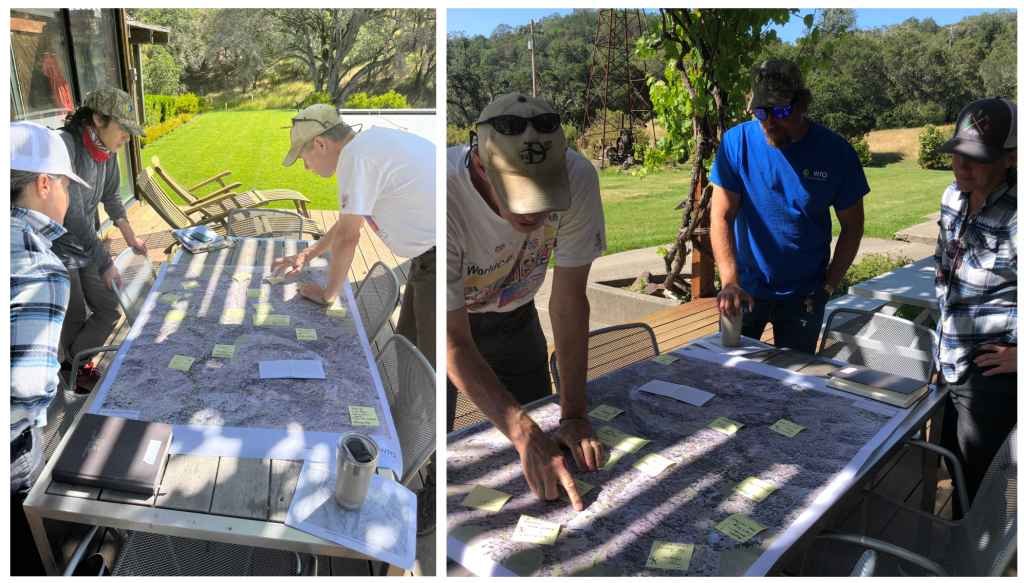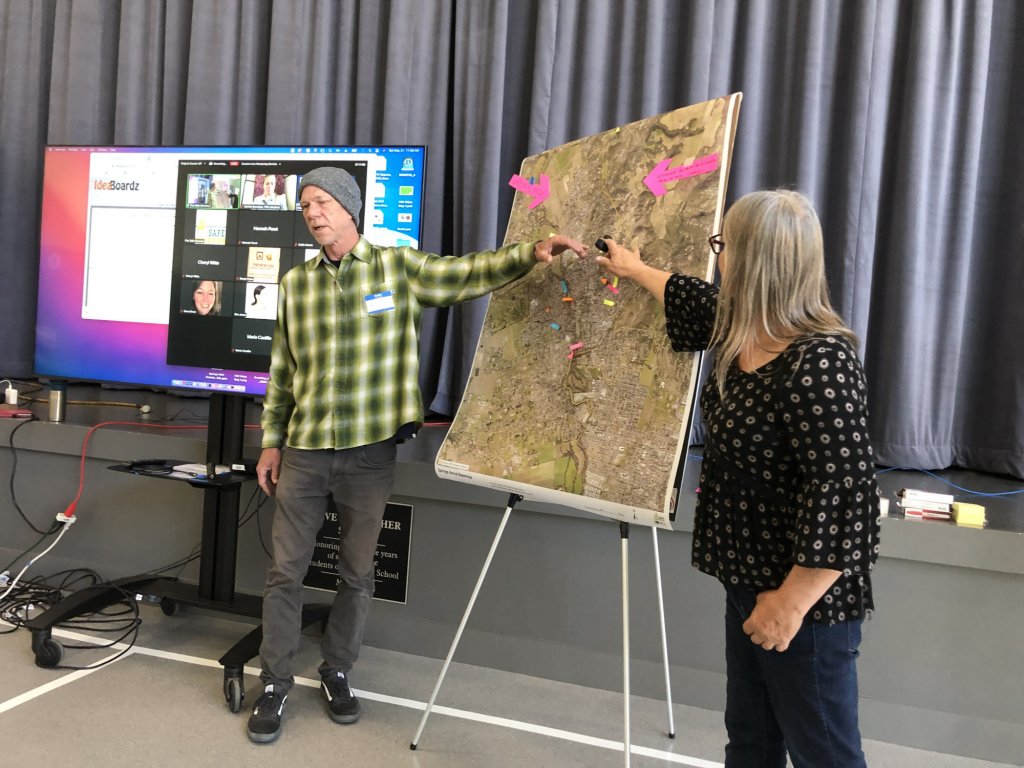How Wildfire Preparedness Supports Community Resilience
Wildfire preparedness requires work at multiple scales. Individuals should prepare their residences to be more fire-resilient by regularly maintaining their home and landscaping, and by preparing an emergency preparedness plan and a “go-bag.” Wildfire preparedness also needs to take place at the community scale, which is the work that my colleagues and I, within the newest Resiliency Services branch of WRA, are supporting.
The threat of the catastrophic wildfire is immense and spans communities and regions. Likewise, to adequately address this issue requires solutions that are equal in scale. WRA is currently increasing community-scale wildfire resilience through a number of initiatives.
Emerging Resiliency Projects
One avenue is our project-based work. Currently, WRA is working closely with Fire Safe Sonoma (FSS) to support the organizing efforts to establish four local fire safe councils in Sonoma County. The project includes multiple components including coordination between the client and over 15 local leaders and meeting facilitation. Under WRA’s management, four local CWPPs will be crafted by neighborhood volunteers and co-authored by the end of the year. WRA is also providing grant writing services, supporting jurisdictions such as Napa County on funding requests to the Federal Emergency Management Agency (FEMA) and other funding sources. These requests support hazardous fuels management to reduce the risk of damage to life and property in the event of catastrophic wildfire.
Data Sharing & Thought Leadership
As catastrophic wildfire increasingly impacts people’s lives here in California and across the Western U.S., a deluge of data and technical information has emerged in the form of dashboards, fuel mappers, and academic research. Another avenue where WRA is supporting community resilience is through thought-leadership on navigating through this content.
Virginia Mahacek, Principal Geomorphologist at WRA, gave a talk in April 2022 as part of the TOGETHER Bay Area’s Fire Data speaker series on strategies to navigate, interpret, and prioritize different data sources relating to wildfire to land stewards and other technical experts.
Additionally, WRA’s team led a virtual discussion with local partners on achieving the triple bottom line of the wildfire resilience triangle at the Colorado Wildland Fire Conference in Fall 2021.
Partner with Us
While access to the best available data is important to increasing resiliency at the community scale, this, in of itself, doesn’t equal more resilient communities. It is when people apply this information while working in partnership with others that resiliency can be achieved. Bringing technical expertise to engage and plan with community members and partners to create resiliency is the purpose of our Resiliency Services Team.





